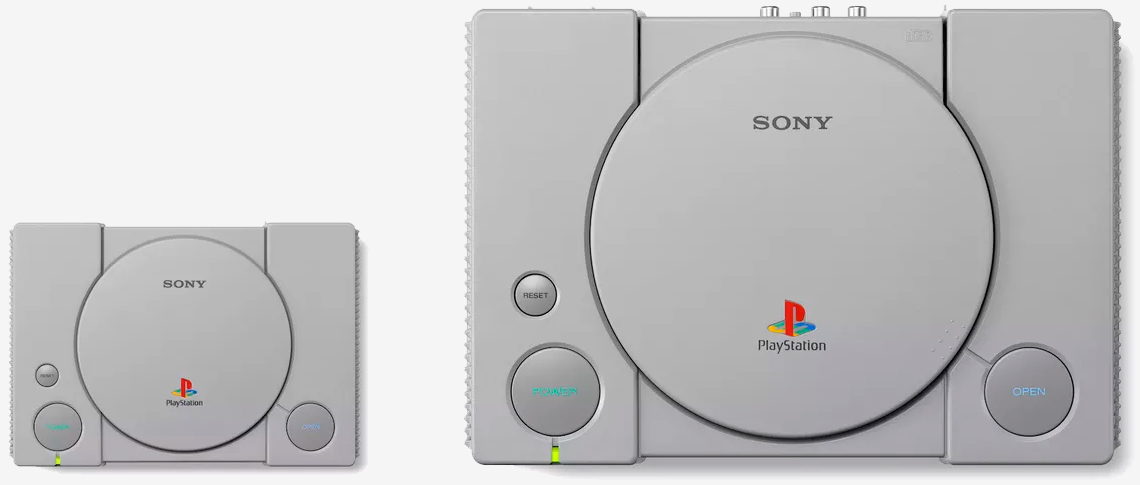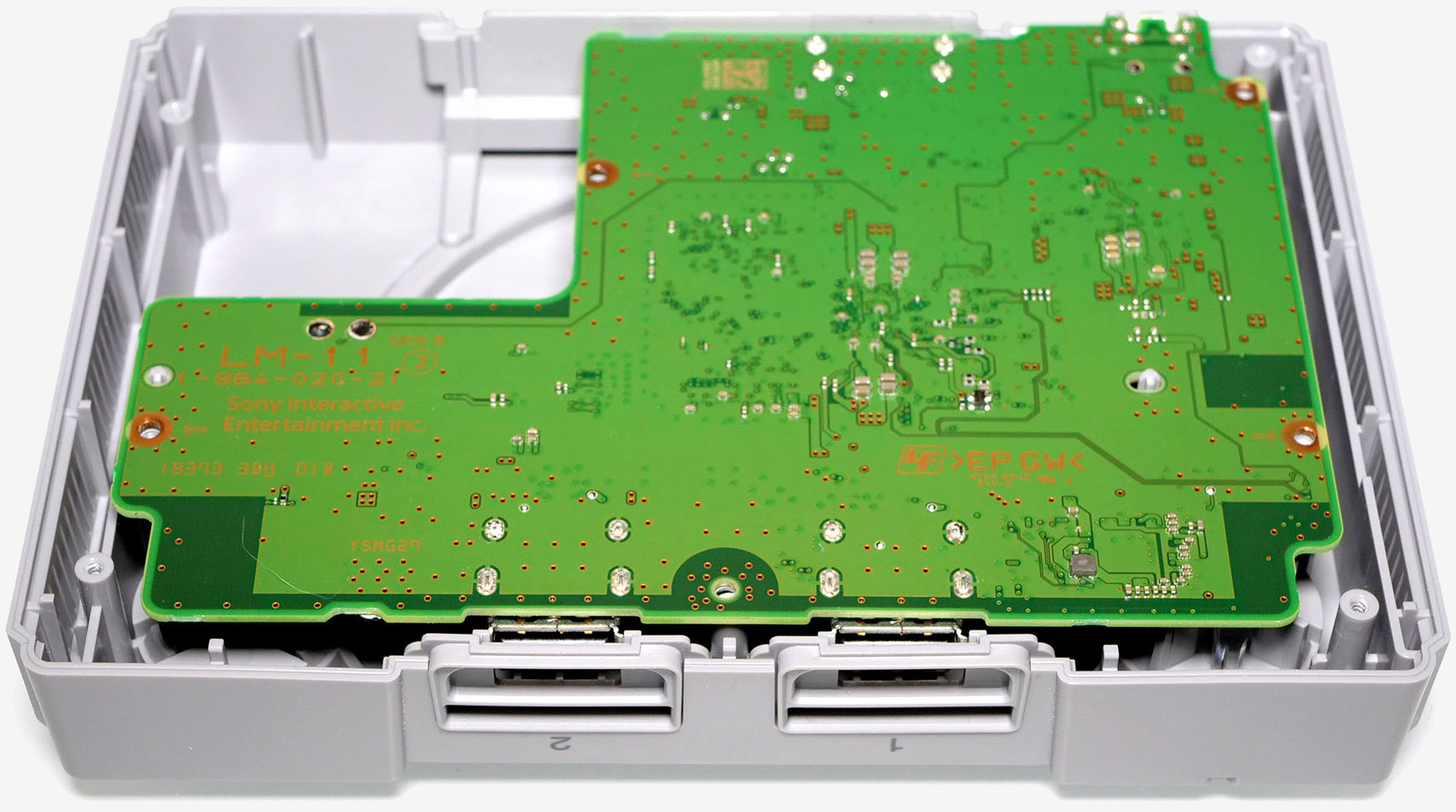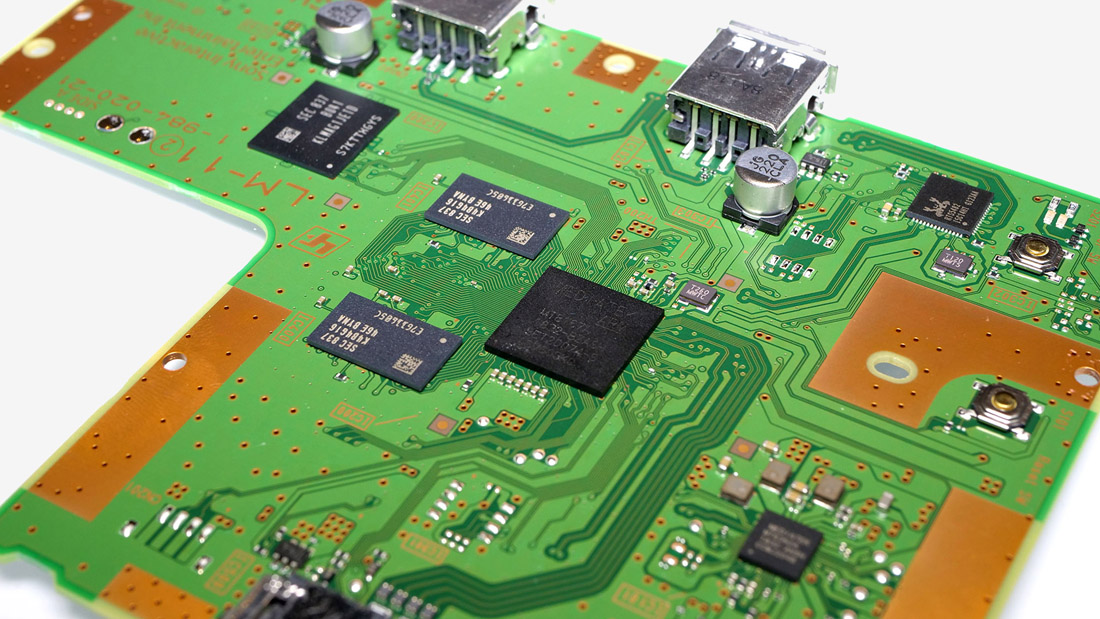Through the looking glass: Sony may have nailed the look and feel of the PlayStation Classic but the gameplay experience seemingly leaves a lot to be desired. Questions abound as to why Sony included PAL titles when NTSC games perform better.

Sony’s PlayStation Classic (read the review) won’t hit stores until early next month but that hasn’t stopped Digital Foundry from getting their mitts on an early review sample and cracking it open to have a look at what’s inside.
Five cross-head Phillips screws hold the two halves of the chassis together – no tricky Torx screws or glue to contend with. Removing the bottom half of the case gives us our first look at the console’s PCB, a custom design from Sony. Four more screws secure the board to the case. Once removed, the board is freed.

As you can see, Sony has employed a metal shroud that doubles as a heatsink for the SoC. Removing the shroud reveals a MediaTek MT8167A which uses a quad-core ARM Cortex A35 running at 1.5GHz alongside an integrated PowerVR GE8300 GPU. The system is further mated to 1GB of RAM and 16GB of storage.
It’s not considered powerful hardware by today’s standards but in theory, it should be more than enough to emulate a game console from the mid-90s... except, theory doesn’t always pan out.

Digital Foundry in testing the system found some peculiar choices. Namely, several of the console’s 20 pre-loaded games are the PAL versions rather than the NTSC versions. As the publication explains:
Well, these days all console systems run at 60Hz - a format accepted by HDTVs the world over. Back in the day, PAL territories used TVs that ran at 50Hz instead, and the easiest way to 'port' games over to PAL systems was to simply run them more slowly. Most PAL games run at 83.3 per cent of the full-speed of the NTSC versions in terms of frame-rate, and most of the time in terms of actual gameplay speed too. Side-by-side with the NTSC equivalents, PAL versions are generally slow and plodding and don't properly represent a US or Japanese developer's original vision.
Digital Foundry notes that even some of the NTSC games have issues. In R4 Ridge Racer Type 4, for example, the team observed some performance dips. The situation is even worse with PAL titles, especially those that run at 30Hz.
Sony’s PlayStation Classic launches on December 3 priced at $99.99.
Teardown images courtesy Digital Foundry